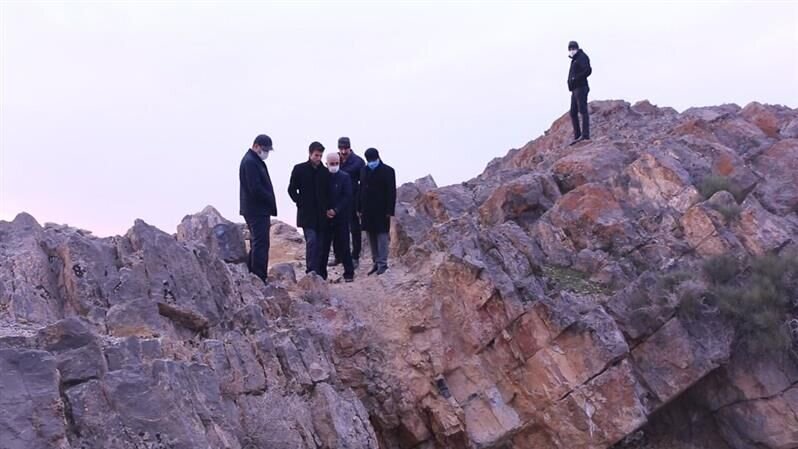Millennia-old rock-cut tombs in northwest Iran to become demarcated

TEHRAN – New boundaries will be defined for millennia-old rock-cut tombs, which are situated near the city of Poldasht in West Azarbaijan, the provincial tourism chief has announced.
A proper budget is to be accolated for the demarcation of the site, which dates back to the first millennium BC, IRNA quoted Jalil Jabari as saying on Sunday.
“Upon allocating more funds for archaeological research, a suitable access road will be constructed, signs will be installed and bars will be erected, to facilitate visiting the tombs,” the official added.
The tombs are carved in the heart of large limestone rock and comprise a hall with an area of nine square meters and two smaller rooms with an area of four square meters in the north and south directions of the hall, he explained.
The historical site was inscribed on the national heritage list in 1996.
West Azarbaijan embraces a variety of lush natural sceneries, cultural heritage sites, and museums including the UNESCO sites of Takht-e Soleyman and Qareh Klise (St. Thaddeus Monastery), Teppe Hasanlu, and the ruined Bastam Citadel.
The region was home to several ancient civilizations. According to Britannica, it was conquered by Alexander the Great in the 4th century BC and was named Atropatene after one of Alexander’s generals, Atropates, who established a small kingdom there. Ultimately, the area returned to the Persian (Iranian) rule under the Sasanians in the 3rd century CE.
ABU/AFM
Leave a Comment